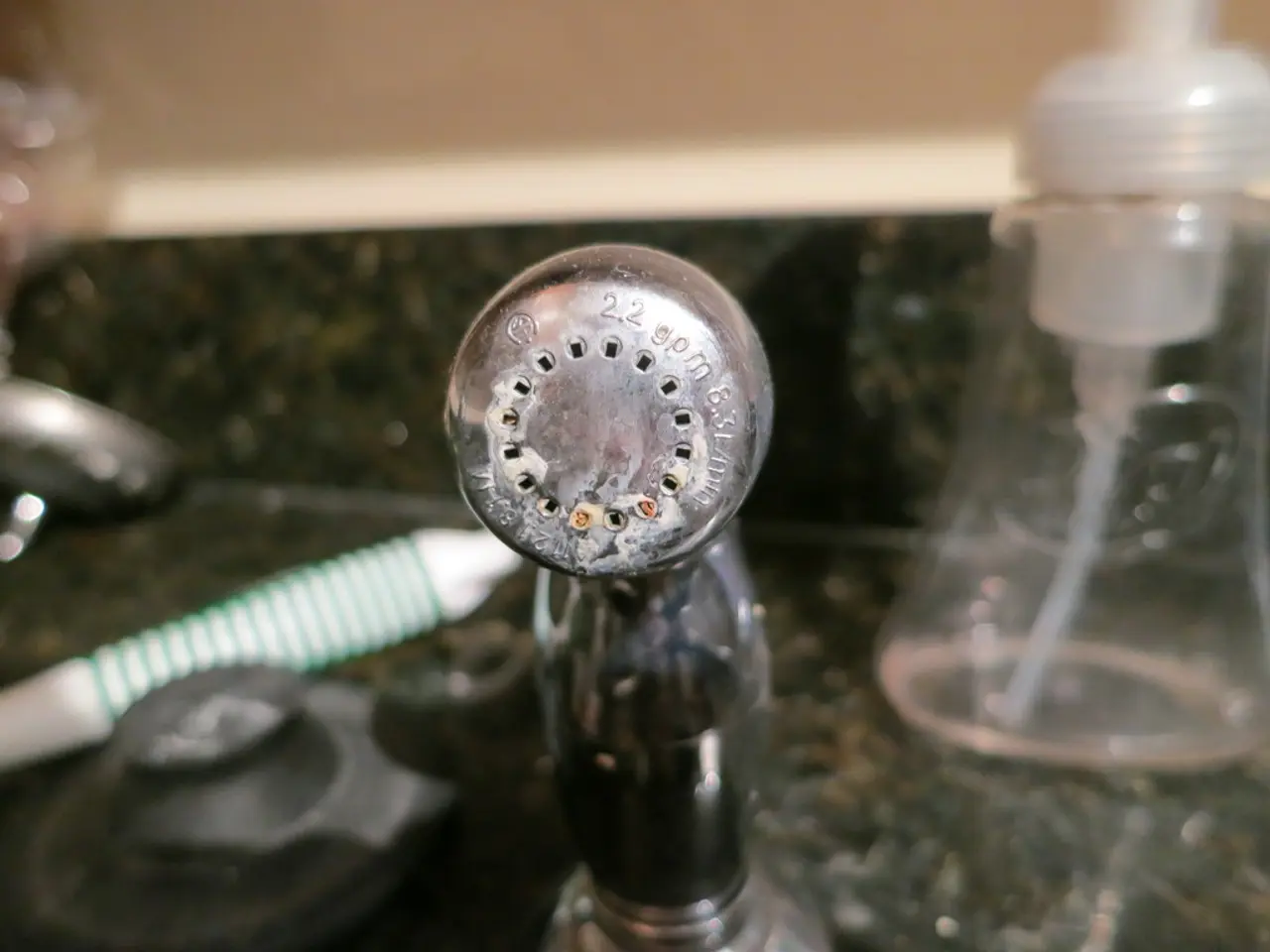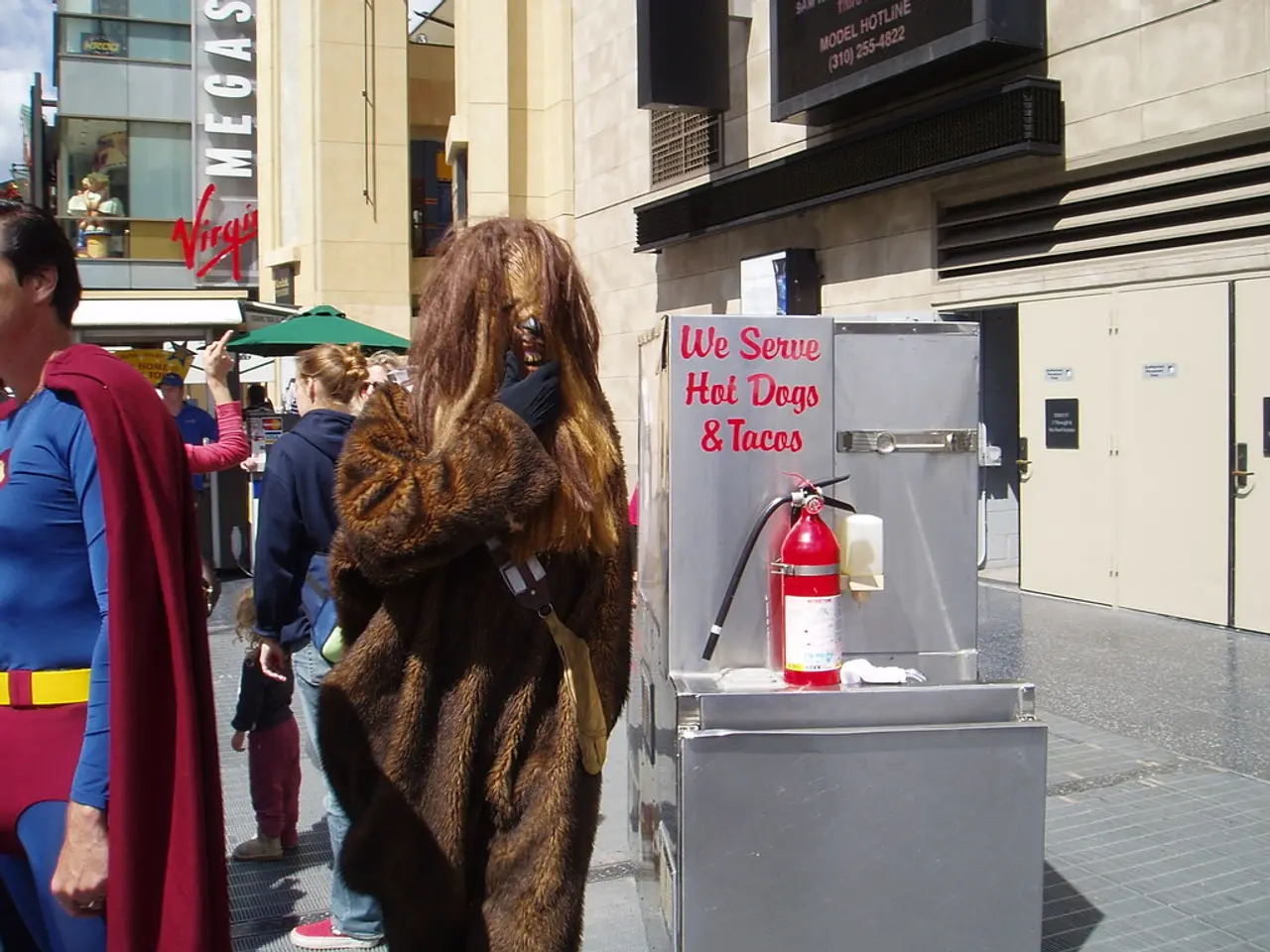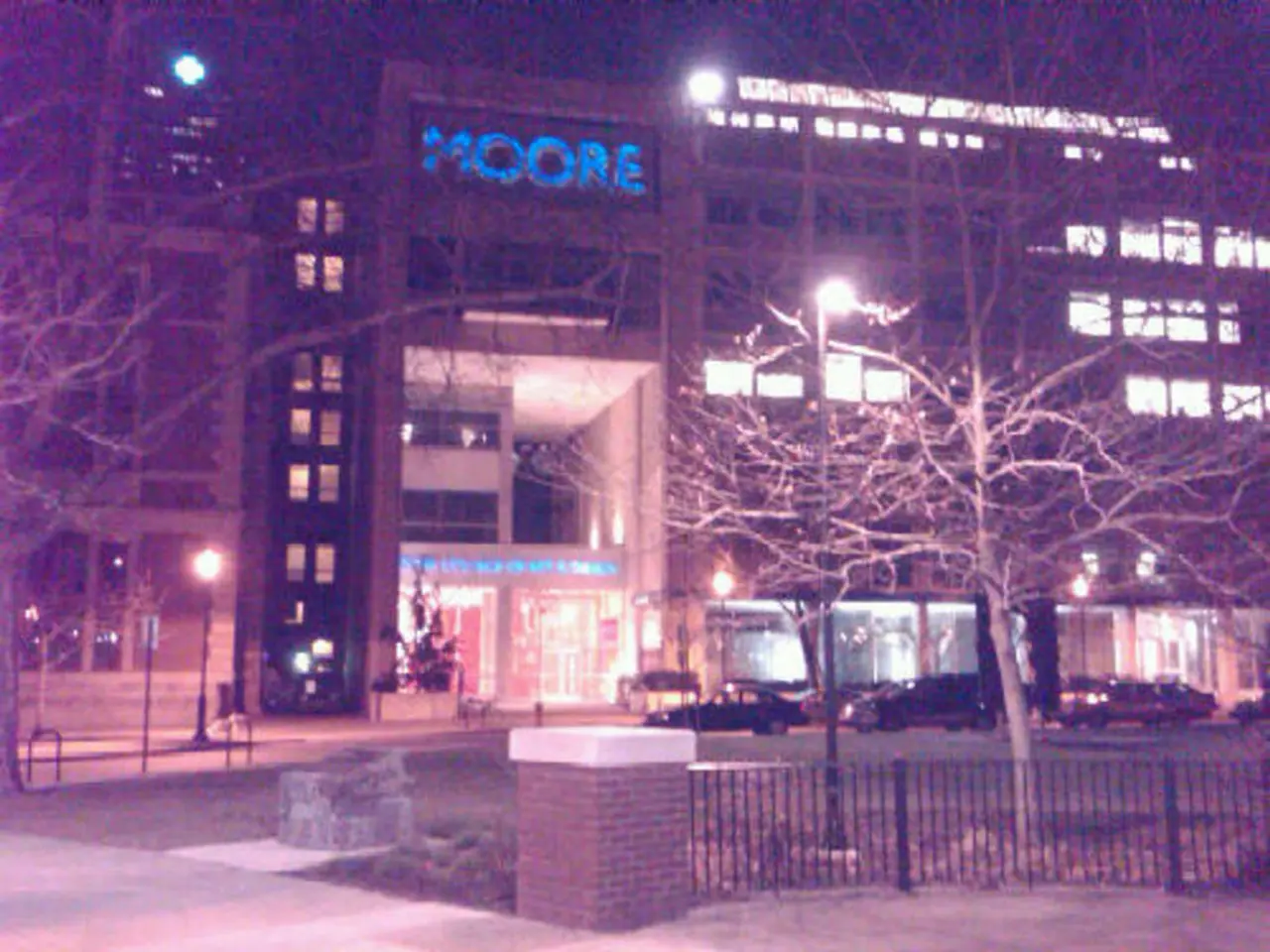Heat Pump Defrost Mode: Operation, Function, and Signs of Concern
In the colder months, a heat pump's defrost mode is a crucial feature that prevents the outdoor unit from freezing over. However, issues with this mode can lead to a range of problems. Here's what you need to know about identifying and addressing potential heat pump defrost issues.
The defrost mode temporarily reverses the heating cycle, switching to cooling mode to warm the outdoor coil and melt any accumulated frost. This process is automatic and usually lasts between 5 and 15 minutes. However, if the defrost cycle is persistently long, or the heat pump is continually in defrost mode, it may indicate a malfunction.
One of the most common signs of a malfunctioning defrost mode is excessive or persistent ice buildup on the outdoor unit. This can be caused by low refrigerant levels, faulty defrost controls, or restricted airflow. Another sign is the failure to initiate or complete the defrost cycle properly, which can result in uniform frosting without the defrost cycle starting, continuous or rapid re-frosting, or localized frost formation.
Unusual sounds or prolonged defrost cycles can also indicate a problem. Normal defrost cycles produce sounds like whooshing, humming, clicking, or hissing. Malfunctioning defrost modes may produce loud banging, grinding, or other unusual noises. Additionally, if the indoor unit stops heating or blows cold air for extended periods beyond the brief interruption typical during a normal defrost cycle, or if the indoor fan stops or slows down unexpectedly or erratically, these could be signs of a faulty defrost cycle.
In some cases, the outdoor unit may completely freeze, suggesting the defrost cycle is failing to activate at all. This can be caused by broken parts, clogged coils, low refrigerant levels, or a faulty defrost sensor or thermostat.
If any of these signs are observed, it usually indicates that the defrost mode or related components (such as defrost sensors, reversing valve, refrigerant charge, or fans) are malfunctioning and should be inspected and repaired by a qualified technician.
To prevent problems with the heat pump's defrost cycle, it's essential to maintain the heat pump annually, including sensor, refrigerant, and coil checks. Additionally, preparing the heat pump for each season by checking the current settings according to the manufacturer's guide is advisable. Shielding the heat pump from snow and water can also help, by placing it under the eaves, under a snow shield, or beneath a deck.
When upgrading, repairing, or installing a new HVAC system, speak with your HVAC professional about potential tax credit savings. Regular maintenance every one to two years is suggested, but it's best to consult the heat pump's manufacturer specifications.
Clearing the outdoor unit of leaves, snow, and debris can also prevent problems with the heat pump's defrost cycle. Remember, proper airflow for heat extraction should not be obstructed, so don't cover the heat pump in the winter.
By understanding these signs and taking preventive measures, you can ensure your heat pump operates efficiently and effectively throughout the winter months.
- The science behind a heat pump's defrost mode involves temporarily switching to cooling mode to melt frost on the outdoor coil.
- If the defrost cycle is persistently long or the heat pump is continually in defrost mode, it may indicate a malfunction related to low refrigerant levels, faulty defrost controls, or restricted airflow.
- Excessive or persistent ice buildup on the outdoor unit is a common sign of a malfunctioning defrost mode in a heat pump.
- Failure to initiate or complete the defrost cycle properly can result in uniform frosting, continuous or rapid re-frosting, or localized frost formation.
- Unusual sounds or prolonged defrost cycles can also indicate a problem with the heat pump's defrost mode.
- In the broader context of health and wellness, chronic kidney disease is one of many chronic diseases that can be exacerbated by climate change, which requires the attention of environmental science and policy-and-legislation.
- To prevent problems with a heat pump's defrost cycle, annual maintenance including sensor, refrigerant, and coil checks is essential, and preparing the heat pump for each season is advisable.
- Clearance of leaves, snow, and debris from the outdoor unit can also help prevent problems with the heat pump's defrost cycle.
- When upgrading, repairing, or installing a new HVAC system, it's important to speak with a contractor about potential tax credit savings and the recommended maintenance schedule, which may vary depending on the heat pump's manufacturer specifications.
- Migraines and other neurological disorders are complex medical-conditions that can greatly affect a person's general news and weather, especially when they worsen due to weather-forecasting or climatic changes.
- The connection between finance, business, and careers extends to the data-and-cloud-computing and technology industries, which play an increasingly important role in managing and addressing issues related to climate change, medical-conditions, and environmental science.




